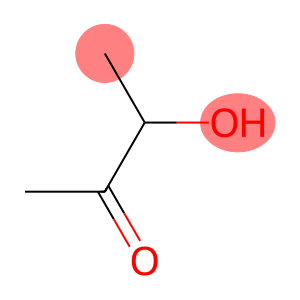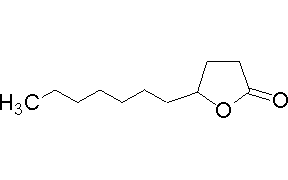Ethyl caprylate(CAS#106-32-1)
| Hazard Symbols | Xi – Irritant |
| Risk Codes | 38 – Irritating to the skin |
| Safety Description | S26 – In case of contact with eyes, rinse immediately with plenty of water and seek medical advice. S36 – Wear suitable protective clothing. |
| WGK Germany | 2 |
| RTECS | RH0680000 |
| TSCA | Yes |
| HS Code | 29159080 |
| Toxicity | LD50 orally in rats: 25,960 mg/kg, P. M. Jenner et al., Food Cosmet. Toxicol. 2, 327 (1964) |
Ethyl caprylate(CAS#106-32-1)(ethyl octanoate)Introduction
It has pineapple fragrance. It is miscible with ethanol and ether, insoluble in water and glycerin. Median lethal dose (rat, oral) 25960mg/kg. It’s irritating.
Ethyl caprylate is a colorless liquid that is water-insoluble, has a strong fruity flavor and is flammable. The following is an introduction to its nature, use, manufacturing methods and safety information:
Quality:
- Ethyl caprylate is compatible with many organic solvents as well as some inorganic substances.
Use:
- Ethyl caprylate is a commonly used industrial solvent that can be used to dissolve paints, inks, resins, adhesives, and more.
Method:
- The common preparation method of ethyl caprylate is obtained by esterification of caprylic acid and ethanol. This reaction usually uses an acid catalyst, such as sulfuric acid or phosphoric acid.
Safety Information:
- Ethyl caprylate is a flammable liquid and should be kept away from open flames and high temperatures to avoid fire or explosion.
- Care should be taken to avoid inhalation, contact with skin and eyes when using ethyl caprylate, which can trigger irritation, allergic or toxic reactions.
- When using ethyl caprylate, pay attention to a well-ventilated environment to avoid the accumulation of harmful gases.








